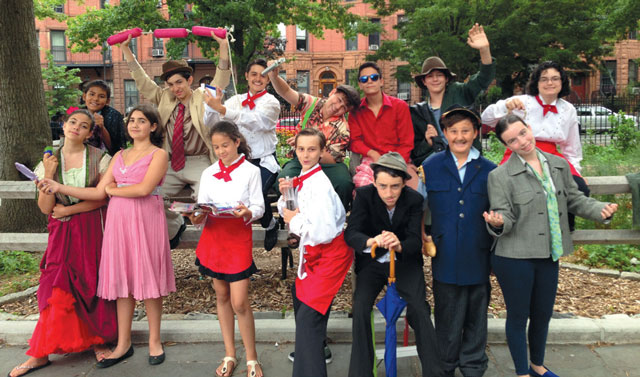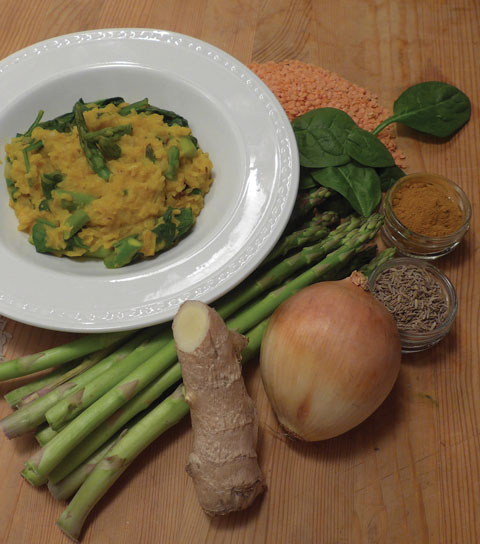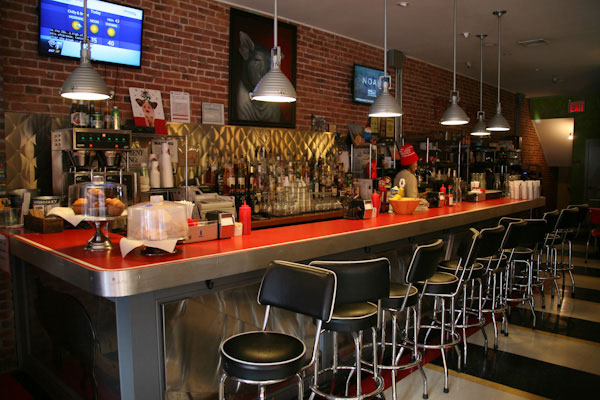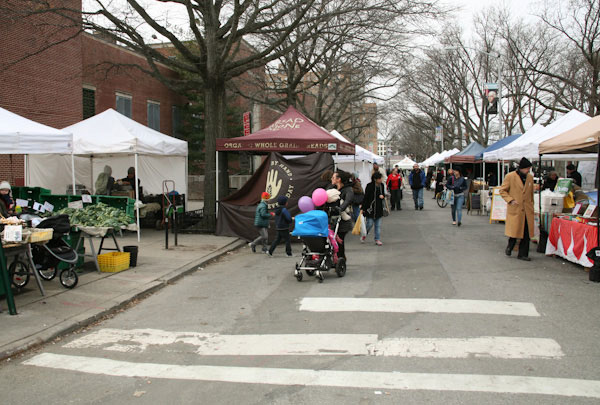Brooklyn summers are hot. There’s no denying it. To be honest, once the weekend is upon us the last thing I want to do is hop on the hot, oppressive subway that seems to defy any semblance of a schedule. Leaving the borough during summer weekends is nothing short of an adventure. Luckily, everything you need can be found within walking distance. Now that the city has brought the Fourth of July fireworks display back to its rightful home, there really is no reason to go anywhere else. Here are our suggestions for some fun, enlightening, and tasty things to check out this season.

Piper Theater Productions
Old Stone House
Producing free outdoor theater at the Main Stage at the Old Stone House, Piper Theater Productions lives up to its mission of “creating free and dynamic theater for families.” This year their production of Bloody, Bloody Andrew Jackson runs Thursdays through Saturday nights (excluding July 4). It’s an unexpectedly fun and informative musical about our seventh president. Bring a blanket and watch the performance under stars. More information can be found online at pipertheatre.org/performances.
Brooklyn Unicycle Day
August 29
This event is proof that Brooklyn truly offers everything. Join in the “one wheel madness” during this thirteen-mile ride, starting at City Hall in Manhattan, crossing the Brooklyn Bridge, and ending in Coney Island under Deno’s Wonder Wheel for fireworks to commemorate the day. It’s part of the three-day 2014 Unicycle Festival, which continues for the next two days on Governors’ Island. For a full list of events and tour route visit nycunifest.com

Ai Weiwei: According to What?
Brooklyn Museum through August 10
Spanning twenty years and a variety of mediums, this show features the work of a highly-respected artist. Inherently Chinese, with influences from ancient dynasties as well as modern daily life, Ai Weiwei’s work is thought-provoking and beautiful. He is most noted for designing the Bird’s Nest Arena for the Beijing Olympics, but is also widely known for his unapologetic criticism of the Chinese government. As a result, this artist is unable to leave his country. His works in According to What? speak volumes in his absence. For more information, visit the museum’s website, brooklynmuseum.org/exhibitions/ai_weiwei.

Banhmigos
178 Lincoln Place
What’s better than a picnic in Prospect Park? A picnic that involves no cooking whatsoever! Banhmigos’ offerings represent my favorite hot-weather eating. Vietnamese sandwiches filled with cool, crisp veggies paired with a refreshing bubble tea will leave you satisfied without feeling stuffed. Their menu is extensive, offering a variety of salads and sandwiches for carnivore, vegetarian, and vegan tastes. Don’t leave without ordering a bubble tea; rather than using powder, theirs are made using green or black tea. You can see their menu and order online at banhmigosbrooklyn.com.

 The account of the Storyteller of Shimokitazawa continues in Park Slope, Brooklyn: The Sock Man
The account of the Storyteller of Shimokitazawa continues in Park Slope, Brooklyn: The Sock Man
 When did you start writing Pretty in Ink?
When did you start writing Pretty in Ink?








 Dear Hypocrite,
Dear Hypocrite, I love the start of spring. Who doesn’t? Even the mildest winter brings its share of discomfort and inconvenience, but after a Polar Vortex Special like the one we’ve just had, after the months of suiting up like an Artic explorer, of traversing filthy mountains of sidewalk snow, of combatting epic, legendary cases of cabin fever, well, after all that, the first stirrings of spring are nothing less than magical.
I love the start of spring. Who doesn’t? Even the mildest winter brings its share of discomfort and inconvenience, but after a Polar Vortex Special like the one we’ve just had, after the months of suiting up like an Artic explorer, of traversing filthy mountains of sidewalk snow, of combatting epic, legendary cases of cabin fever, well, after all that, the first stirrings of spring are nothing less than magical.



